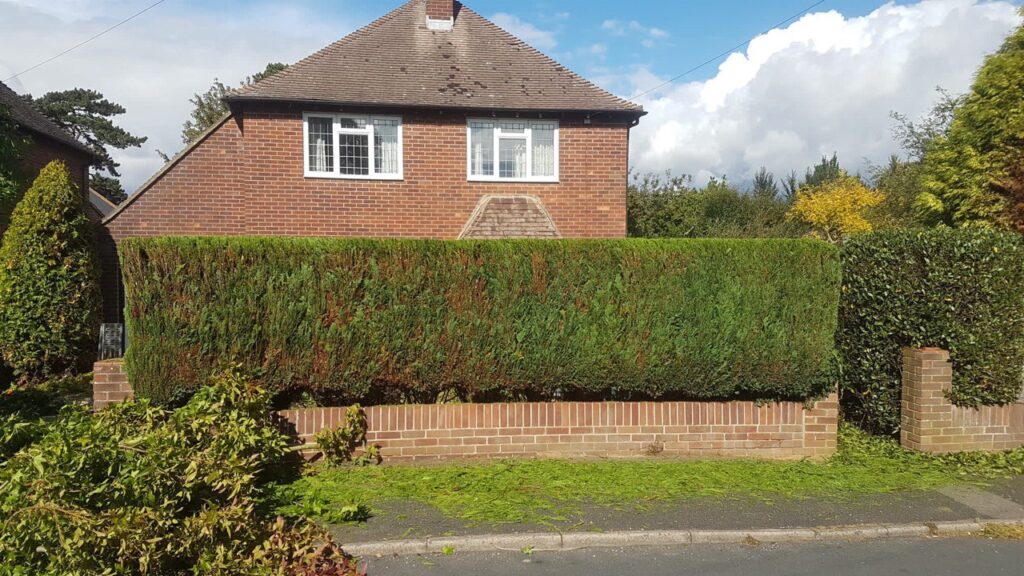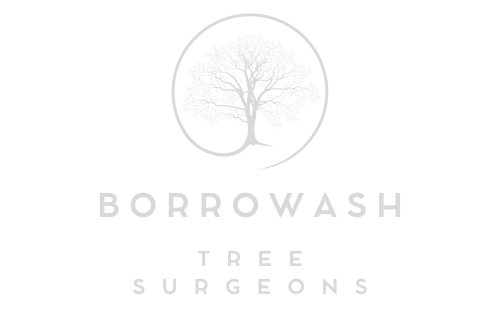Tree Crown Reduction: Addressing Common Tree Health Issues
Introduction: Tree health is essential for maintaining urban and suburban landscapes’ beauty, functionality, and ecological balance. However, trees are susceptible to various health issues, compromising their vitality and longevity. Tree crown reduction is a valuable practice for addressing common tree health issues, promoting proper growth, and ensuring the overall well-being of trees. In this blog post, presented by Borrowash Tree Surgeons, we’ll explore how crown reduction can effectively address common tree health issues, helping trees thrive in urban and suburban environments.
1. Overcrowded Canopy
Overcrowded canopy is a common issue inhibiting proper airflow and sunlight penetration, leading to poor tree health. Crown reduction involves selectively pruning branches to reduce canopy size and density, allowing for better air circulation and sunlight exposure. By opening up the canopy, crown reduction promotes healthy growth and minimises the risk of fungal infections, pest infestations, and other issues associated with poor air circulation.
2. Disease and Decay
Disease and decay are significant threats to tree health, often resulting from fungal infections, bacterial diseases, or physical damage. Crown reduction can help mitigate the spread of disease and decay by removing infected or damaged branches and promoting wound healing. By selectively pruning affected areas, crown reduction prevents the spread of pathogens and allows trees to recover and thrive.
3. Structural Weakness
Structural weakness is common in mature trees, often resulting from poor branch attachment, co-dominant stems, or weak unions. Crown reduction improves tree stability and reduces the risk of branch failure by selectively removing structurally weak branches and reducing canopy weight. By enhancing structural integrity, crown reduction helps prevent property damage and ensures the safety of residents and visitors.
4. Stress and Decline
Trees can experience stress and decline due to various factors, including environmental stressors, soil compaction, nutrient deficiencies, and root damage. Crown reduction helps alleviate stress and promote tree vigour by reducing canopy size and conserving energy resources. By minimising the energy expended on maintaining an oversized canopy, crown reduction allows trees to redirect resources toward essential functions such as growth, defence, and resilience.
5. Pest Infestations
Pest infestations can weaken trees and compromise their health, leading to defoliation, dieback, and eventual decline. Crown reduction can help deter pest infestations by removing infested branches and creating a less hospitable environment for pests to thrive. Precision reduction reduces pest pressure and enhances tree resilience against future infestations by selectively pruning affected areas.
Conclusion: Tree crown reduction is a valuable practice for addressing common tree health issues and promoting the overall well-being of trees in urban and suburban environments. By selectively pruning branches to reduce canopy size and density, crown reduction improves air circulation, promotes wound healing, enhances structural integrity, alleviates stress, and reduces pest pressure.
Call us on: 01332 215 097
Click here to find out more about Borrowash Tree Surgeons
Click here to complete our contact form and see how we can help with your tree’s needs.

